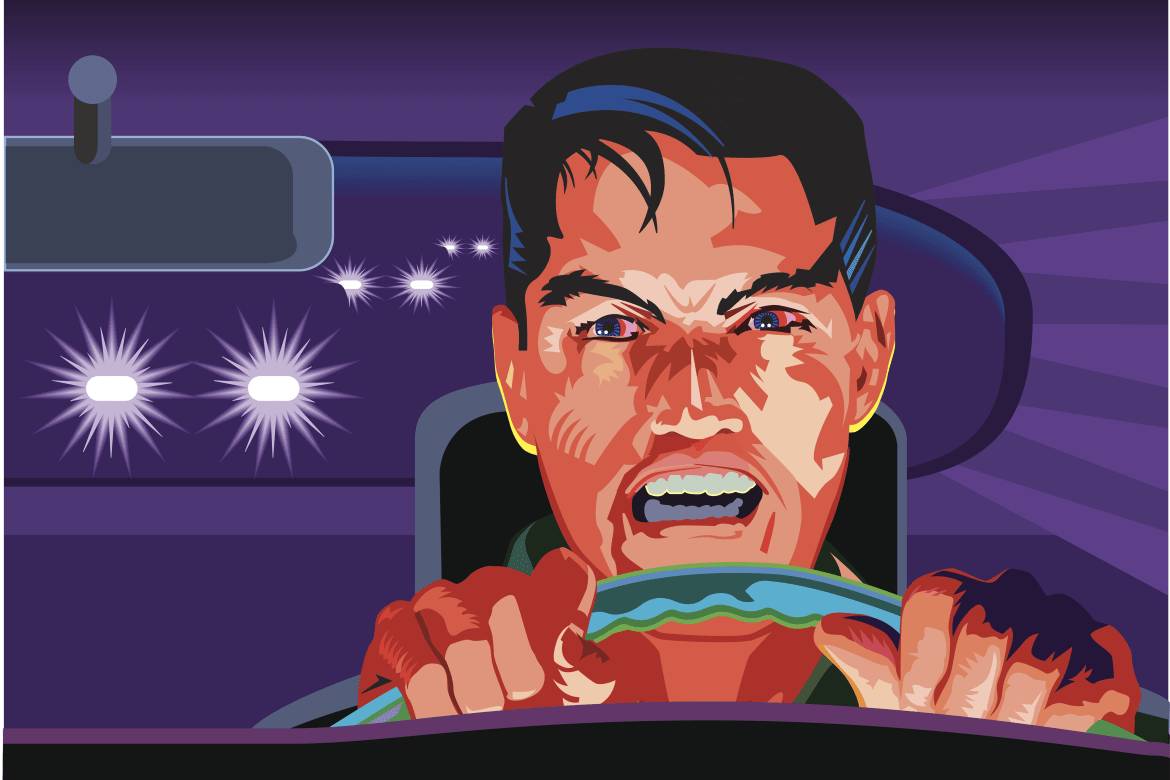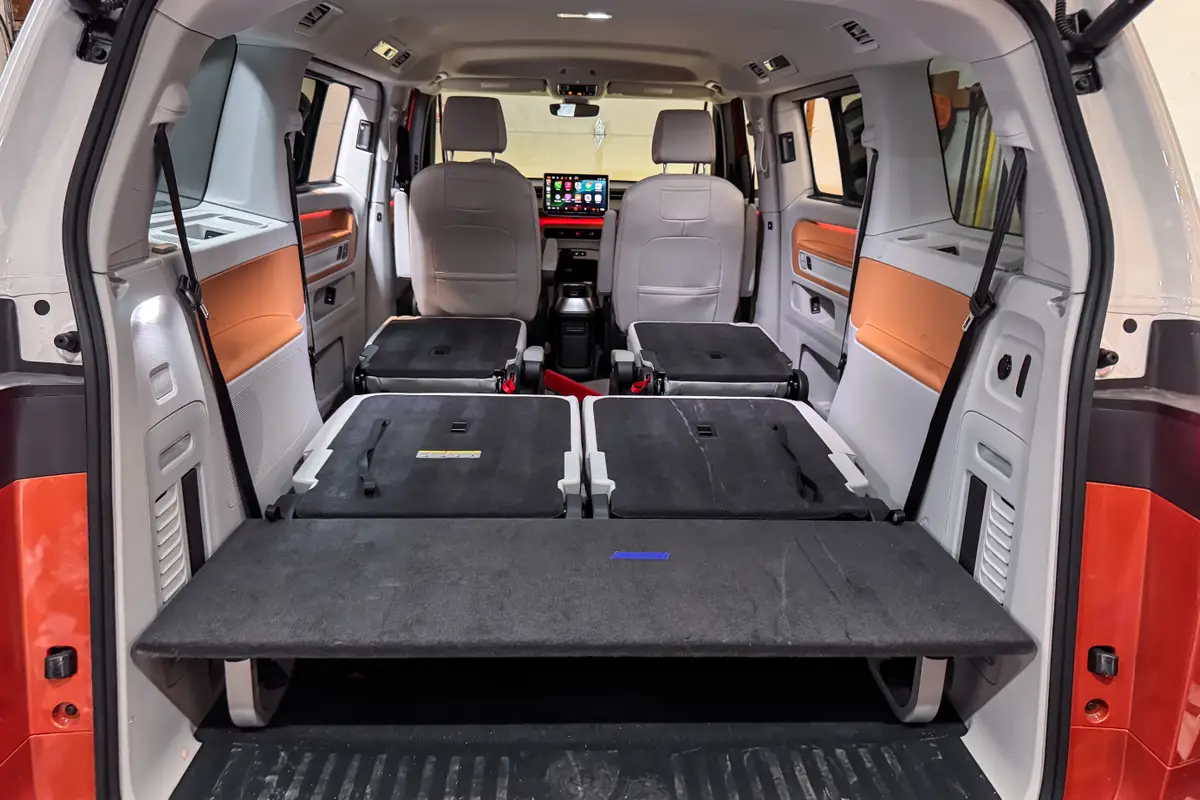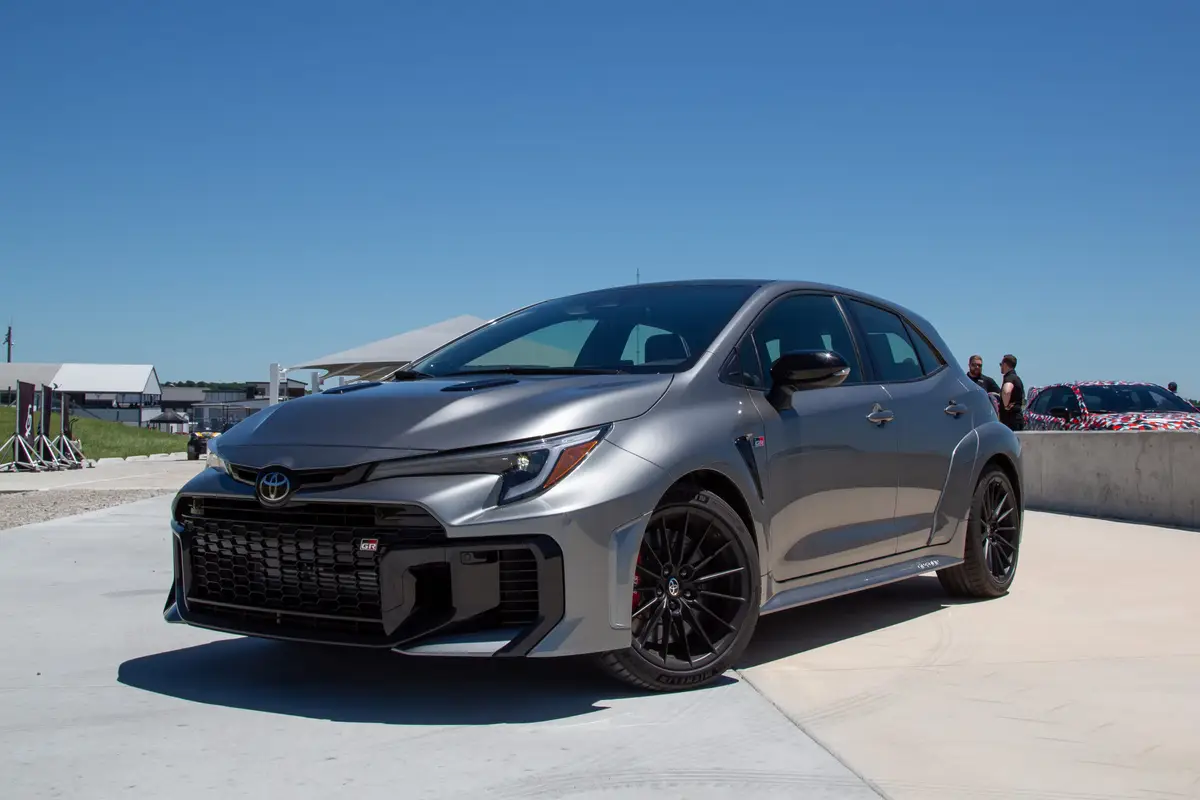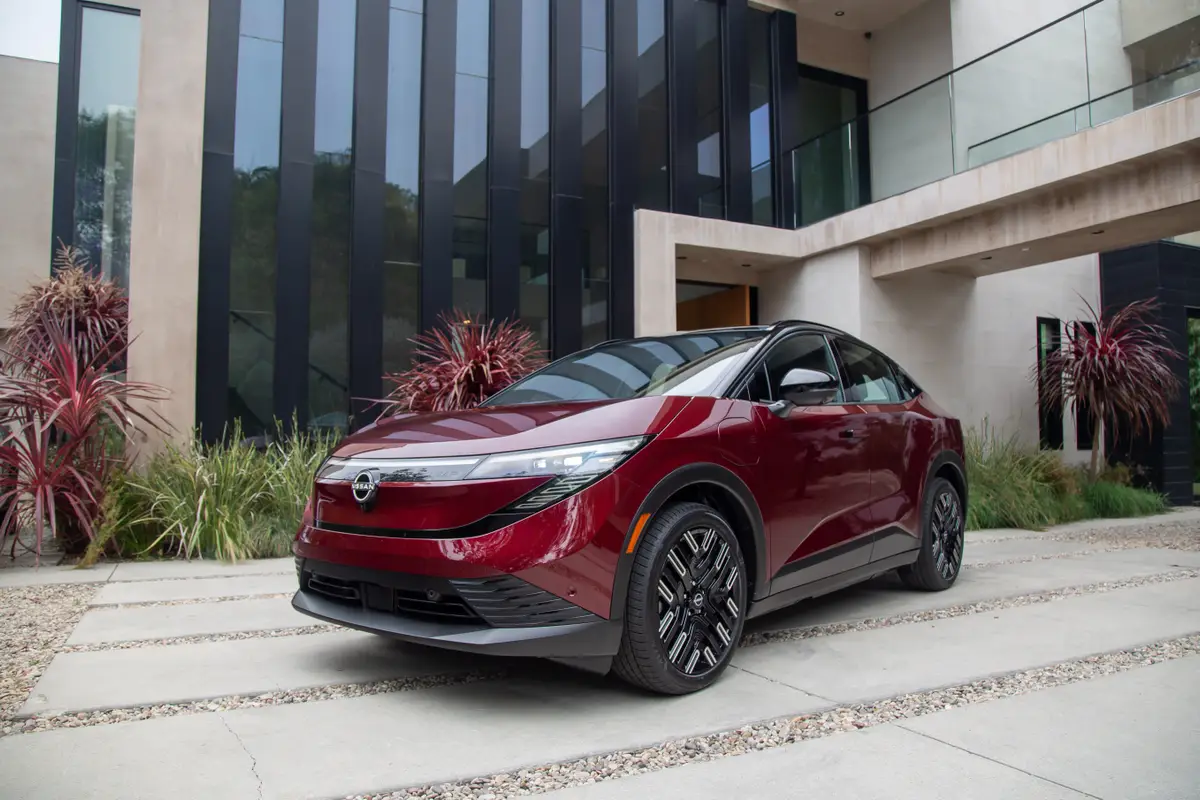Aggressive Driving Is All the Rage, AAA Study Shows


CARS.COM — Ninety percent of motorists believe aggressive drivers are a serious threat to their personal safety and nearly two-thirds feel the problem is only getting worse. Meanwhile, about 80 percent of drivers admitted they’d engaged in road rage at least once in the past year. Ponder that math for a moment. We’ll wait … patiently.
Related: Drivers Confess to Bad Behavior, Regrets
Those confounding figures come from travel-services provider AAA’s just-released study as part of its annual Traffic Safety Culture Index examining attitudes and behaviors related to driver safety. Researchers surveyed more than 2,700 people age 16 or older from across the nation who had driven in the past month. Their conclusion? The vast majority of motorists know aggressive driving is dangerous, yet most do it anyway.
“Inconsiderate driving, bad traffic and the daily stresses of life can transform minor frustrations into dangerous road rage,” said Jurek Grabowski, director of research for the AAA Foundation for Traffic Safety. “Far too many drivers are losing themselves in the heat of the moment and lashing out in ways that could turn deadly.”
Among aggressive behaviors drivers copped to, the most common were:
- Purposeful tailgating, which 51 percent of motorists admitted, representing 104 million drivers
- Yelling at another driver, 47 percent (95 million drivers)
- Honking, 45 percent (91 million)
- Angry gestures, 33 percent (67 million)
- Blocking another vehicle from changing lanes, 24 percent (49 million)
- Intentionally cutting off another vehicle, 12 percent (24 million)
- Getting out of the vehicle and confronting another motorist, 4 percent (8 million)
- Bumping or ramming another vehicle, 3 percent (6 million)
Unsurprisingly, males age 19 to 39 were the most likely to exhibit road rage, with male drivers more than three times as likely to have gotten out of their vehicle or rammed another car compared with females. Also unsurprisingly — if geographical generalizations are to be believed — angry gestures are statistically more likely to come from drivers in the Northeast than anywhere else in the U.S. Meanwhile, drivers who engage in other unsafe habits, such as speeding, also showed a greater proclivity toward road rage.
Researchers acknowledged that no one is perfect and everyone loses their cool sometimes, but urged motorists to remain courteous and forgiving to other drivers, and to avoid reacting to others’ aggression if possible. AAA said a triple-E attack by public agencies — enforcement, education and engineering — has been shown to be most effective in combating road rage.
“Given that previous research has found that many fatal crashes likely involve aggressive driving, and a large majority of the motoring public admits to at least some driving behaviors that may be considered aggressive, interventions are necessary to decrease the prevalence of aggressive driving and related crashes,” AAA concluded in its study. “The basic behavioral strategy that has been applied to aggressive driving is deterrence through enforcement, typically high visibility, accompanied by pubic information campaigns, to enforce widely accepted and sound laws.”

Former Assistant Managing Editor-News Matt Schmitz is a veteran Chicago journalist indulging his curiosity for all things auto while helping to inform car shoppers.
Featured stories




